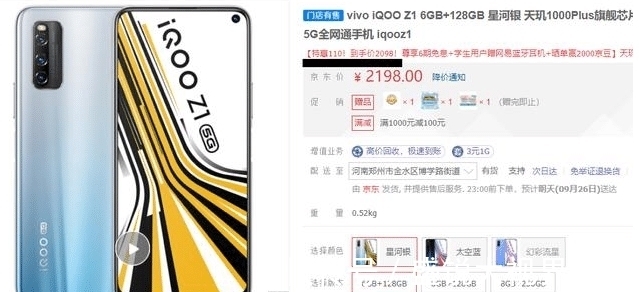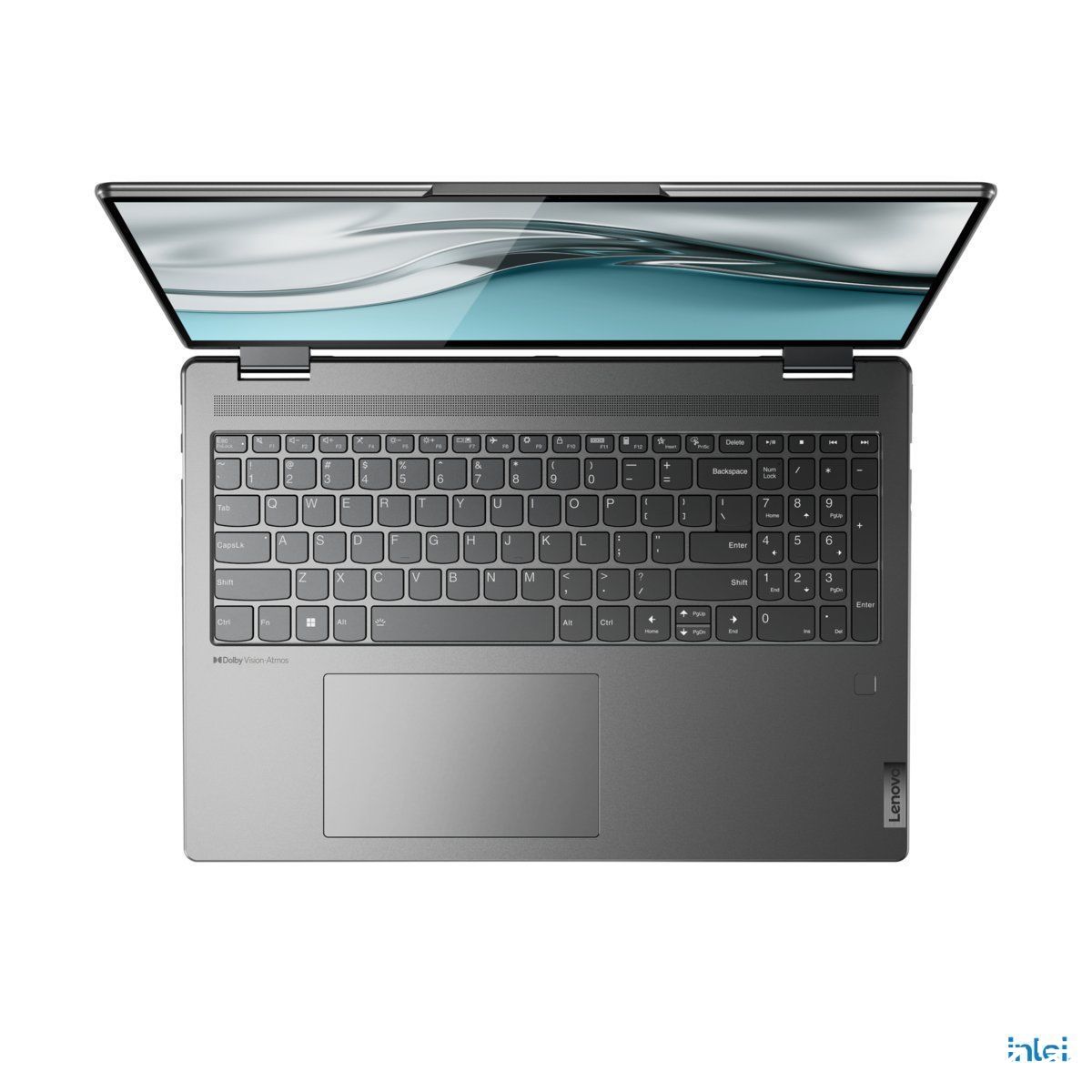иҺ«й—®еӨ©ж¶Ҝи·ҜеҮ йҮҚпјҢиҪ»иЎ«дҫ§еёҪдё”д»Һе®№гҖӮиҝҷзҜҮж–Үз« дё»иҰҒи®Іиҝ°Android-жҖ§иғҪдјҳеҢ–д№ӢеёғеұҖдјҳеҢ–зӣёе…ізҡ„зҹҘиҜҶпјҢеёҢжңӣиғҪдёәдҪ жҸҗдҫӣеё®еҠ©гҖӮ
зі»з»ҹеңЁжёІжҹ“UIз•Ңйқўзҡ„ж—¶еҖҷдјҡж¶ҲиҖ—еӨ§йҮҸзҡ„иө„жәҗпјҢдёҖдёӘеҘҪзҡ„UIдёҚд»…д»…еә”иҜҘе…·жңүиүҜеҘҪзҡ„и§Ҷи§үж•ҲжһңпјҢжӣҙеә”иҜҘе…·жңүиүҜеҘҪзҡ„дҪҝз”ЁдҪ“йӘҢпјҢеӣ жӯӨеёғеұҖдјҳеҢ–е°ұжҳҫеҫ—йқһеёёзҡ„йҮҚиҰҒгҖӮ
1.Android UIжёІжҹ“жңәеҲ¶
дәәзңјжүҖж„ҹи§үеҲ°зҡ„жөҒз•…з”»йқўпјҢйңҖиҰҒз”»йқўзҡ„её§ж•°иҫҫеҲ°40её§жҜҸз§’еҲ°60её§жҜҸз§’гҖӮеңЁandroidдёӯпјҢзі»з»ҹйҖҡиҝҮVSYNCдҝЎеҸ·и§ҰеҸ‘еҜ№UIзҡ„жёІжҹ“е’ҢйҮҚз»ҳпјҢе…¶й—ҙйҡ”ж—¶й—ҙжҳҜ16msгҖӮиҝҷдёӘ16msе…¶е®һе°ұжҳҜ1000msдёӯжҳҫзӨә60её§зҡ„з”»йқўзҡ„еҚ•дҪҚж—¶й—ҙпјҢеҚі1000/60гҖӮеҰӮжһңзі»з»ҹжҜҸж¬ЎжёІжҹ“зҡ„ж—¶й—ҙйғҪдҝқжҢҒеңЁ16msд№ӢеҶ…пјҢйӮЈд№ҲжҲ‘们зңӢеҲ°зҡ„UIз•ҢйқўжҳҜйқһеёёзҡ„жөҒз•…пјҢдҪҶиҝҷд№ҹйңҖиҰҒе°ҶжүҖжңүзҡ„йҖ»иҫ‘йғҪдҝқжҢҒеңЁ16msд№ӢеҶ…гҖӮ
2.дјҳеҢ–еёғеұҖеұӮзә§
еңЁAndroidдёӯпјҢзі»з»ҹеҜ№ViewиҝӣиЎҢжөӢйҮҸгҖҒеёғеұҖе’Ңз»ҳеҲ¶ж—¶пјҢйғҪжҳҜйҖҡиҝҮеҜ№Viewж ‘зҡ„йҒҚеҺҶжқҘиҝӣиЎҢж“ҚдҪңзҡ„гҖӮеҰӮжһңдёҖдёӘViewж ‘зҡ„й«ҳеәҰеӨӘй«ҳдәҶпјҢе°ұдјҡдёҘйҮҚзҡ„еҪұе“ҚжөӢйҮҸгҖҒеёғеұҖе’Ңз»ҳеҲ¶зҡ„йҖҹеәҰпјҢеӣ жӯӨдјҳеҢ–еёғеұҖзҡ„第дёҖдёӘж–№жі•е°ұжҳҜйҷҚдҪҺViewж ‘зҡ„й«ҳеәҰпјҢGoogleд№ҹеңЁе…¶APIж–ҮжЎЈдёӯе»әи®®Viewж ‘зҡ„й«ҳеәҰдёҚе®ңи¶…иҝҮ10еұӮгҖӮ
еңЁж—©жңҹзҡ„AndroidзүҲжң¬дёӯпјҢGoogleе»әи®®жҲ‘们дҪҝз”ЁLinearLayoutдҪңдёәй»ҳи®ӨеҲӣе»әзҡ„XMlж–Ү件зҡ„и·ҹеёғеұҖпјҢиҖҢзҺ°еңЁзҡ„AndroidдёӯпјҢGoogleе·Із»ҸдҪҝз”ЁRelativeLayoutжқҘжӣҝд»ЈLinearLayoutдҪңдёәй»ҳи®Өзҡ„и·ҹеёғеұҖпјҢе…¶еҺҹеӣ е°ұжҳҜйҖҡиҝҮжүҒе№ізҡ„RelativeLayourжқҘйҷҚдҪҺйҖҡиҝҮеҜ№LinearLayoutеөҢеҘ—жүҖдә§з”ҹи·ҹеёғеұҖж ‘зҡ„й«ҳеәҰпјҢд»ҺиҖҢжҸҗй«ҳUIжёІжҹ“зҡ„ж•ҲзҺҮгҖӮ
(1)йҒҝе…ҚеөҢеҘ—иҝҮеӨҡж— з”Ёзҡ„еёғеұҖ
еөҢеҘ—зҡ„еёғеұҖдјҡи®©Viewж ‘зҡ„й«ҳеәҰеҸҳзҡ„и¶ҠжқҘи¶Ҡй«ҳпјҢеӣ жӯӨеңЁеёғеұҖж—¶пјҢйңҖиҰҒж №жҚ®иҮӘиә«еёғеұҖзҡ„зү№зӮ№жқҘйҖүжӢ©дёҚеҗҢзҡ„Layout组件пјҢд»ҺиҖҢйҒҝе…ҚйҖҡиҝҮдёҖз§ҚLayout组件жқҘе®һзҺ°еҠҹиғҪж—¶еұҖйҷҗжҖ§пјҢд»ҺиҖҢйҖ жҲҗеөҢеҘ—иҝҮеӨҡзҡ„жғ…еҶөеҸ‘з”ҹгҖӮ
(2)дҪҝз”Ё<
include>
ж ҮзӯҫйҮҚз”ЁLayout
еңЁдёҖдёӘеә”з”ЁзЁӢеәҸз•ҢйқўдёӯдёәдәҶйЈҺж јдёҠзҡ„з»ҹдёҖ,еҫҲеӨҡзҡ„з•ҢйқўйғҪдјҡеӯҳеңЁдҪ дёҖдәӣе…ұеҗҢзҡ„UIпјҢжҜ”еҰӮдёҖдёӘеә”з”Ёзҡ„TopBarгҖҒBottomBarзӯүгҖӮеҜ№дәҺиҝҷдәӣе…ұйҖҡзҡ„UIпјҢеҰӮжһңеңЁжҜҸдёҖдёӘз•ҢйқўйғҪжқҘеӨҚеҲ¶дёҖж®өиҝҷж ·зҡ„д»Јз ҒпјҢдёҚд»…дёҚеҲ©дәҺеҗҺжңҹд»Јз Ғзҡ„з»ҙжҠӨпјҢжӣҙеҠ зҡ„еўһеҠ дәҶзЁӢеәҸзҡ„еҶ—дҪҷеәҰгҖӮеӣ жӯӨпјҢеҸҜд»ҘдҪҝз”Ё<
include>
ж ҮзӯҫжқҘе®ҡд№үиҝҷж ·дёҖдёӘе…ұеҗҢзҡ„UIгҖӮ
1 < ?xml version="1.0" encoding="utf-8"?> 2 < LinearLayout xmlns:android="http://schemas.android.com/apk/res/android" 3android:layout_width="0dp" 4android:layout_height="0dp" 5android:orientation="vertical"> 6 7< TextView 8android:layout_width="match_parent" 9android:layout_height="match_parent" 10android:gravity="center" 11android:text="иҝҷжҳҜдёҖдёӘTextView" 12android:textSize="20sp" /> 13 < /LinearLayout>
дҪҝз”Ё< include> ж ҮзӯҫеҜ№дёҠйқўзҡ„XMLд»Јз ҒиҝӣиЎҢйҮҚз”Ё
1 < ?xml version="1.0" encoding="utf-8"?> 2 < LinearLayout xmlns:android="http://schemas.android.com/apk/res/android" 3android:layout_width="match_parent" 4android:layout_height="match_parent" 5android:orientation="vertical"> 6 7< include 8layout="@layout/common" 9android:layout_width="match_parent" 10android:layout_height="match_parent"> < /include> 11 < /LinearLayout>
(3)дҪҝз”Ё< ViewStub> ж Үзӯҫе®һзҺ°Viewзҡ„延иҝҹеҠ иҪҪ
йҷӨдәҶжҠҠдёҖдёӘViewдҪңдёәе…ұеҗҢзҡ„UIпјҢд№ӢеӨ–пјҢжҲ‘们иҝҳеҸҜд»ҘдҪҝз”Ё< ViewStub> ж ҮзӯҫжқҘе®һзҺ°еҜ№дёҖдёӘViewзҡ„引用并е®һзҺ°е»¶иҝҹеҠ иҪҪгҖӮ< ViewStub> ж ҮзӯҫжҳҜдёҖдёӘйқһеёёиҪ»йҮҸзә§зҡ„组件гҖӮ
гҖҗAndroid-жҖ§иғҪдјҳеҢ–д№ӢеёғеұҖдјҳеҢ–гҖ‘ йҰ–е…ҲпјҢеҲӣе»әдёҖдёӘеёғеұҖпјҢиҝҷдёӘеёғеұҖеңЁеҲқе§ӢеҢ–еҠ иҪҪж—¶дёҚйңҖиҰҒжҳҫзӨәпјҢеҸӘеңЁжҹҗдәӣжғ…еҶөдёӢжүҚжҳҫзӨәеҮәжқҘпјҢдҫӢеҰӮеңЁжҹҘзңӢз”ЁжҲ·дҝЎжҒҜж—¶пјҢеҸӘжңүзӮ№еҮ»жҹҗдёӘжҢүй’®ж—¶пјҢз”ЁжҲ·иҜҰз»ҶдҝЎжҒҜжүҚжҳҫзӨәеҮәжқҘгҖӮ
1 < ?xml version="1.0" encoding="utf-8"?> 2 < LinearLayout xmlns:android="http://schemas.android.com/apk/res/android" 3android:layout_width="match_parent" 4android:layout_height="match_parent" 5android:gravity="center" 6android:orientation="vertical"> 7 8< TextView 9android:layout_width="wrap_content" 10android:layout_height="wrap_content" 11android:gravity="center" 12android:text="иҝҷжҳҜдёҖдёӘйҡҗи—Ҹзҡ„TextView" 13android:textSize="20sp" /> 14 < /LinearLayout>
жҺҘдёӢжқҘдҪҝз”Ё< ViewStub> ж ҮзӯҫеҜ№еёғеұҖиҝӣиЎҢеј•з”ЁгҖӮ
1 < ?xml version="1.0" encoding="utf-8"?> 2 < RelativeLayout xmlns:android="http://schemas.android.com/apk/res/android" 3android:layout_width="match_parent" 4android:layout_height="match_parent" 5android:orientation="vertical"> 6 7< ViewStub 8android:id="@+id/id_viewStub" 9android:layout_width="match_parent" 10android:layout_height="match_parent" 11android:layout="@layout/common" /> 12 13< LinearLayout 14android:layout_width="match_parent" 15android:layout_height="wrap_content" 16android:layout_alignParentBottom="true" 17android:orientation="horizontal"> 18 19< Button 20android:id="@+id/id_visible" 21android:layout_width="0dp" 22android:layout_height="match_parent" 23android:layout_weight="1" 24android:text="жҳҫзӨә" /> 25 26< Button 27android:id="@+id/id_load" 28android:layout_width="0dp" 29android:layout_height="match_parent" 30android:layout_weight="1" 31android:text="еҠ иҪҪ" /> 32< /LinearLayout> 33 < /RelativeLayout>
еңЁиҝҷйҮҢдёҚд»…жңүдёҖдёӘз–‘й—®пјҢ< ViewStub> ж ҮзӯҫдёҺи®ҫзҪ®VIew.GONEиҝҷз§Қж–№ејҸжқҘйҡҗи—ҸдёҖдёӘViewжңүд»Җд№ҲеҢәеҲ«пјҹзҡ„зЎ®пјҢ他们зҡ„е…ұеҗҢзӮ№йғҪжҳҜеҲқе§ӢеҢ–жҳҜдёҚдјҡжҳҫзӨәпјҢдҪҶжҳҜ< ViewStub> ж ҮзӯҫеҸӘдјҡеңЁжҳҫзӨәж—¶пјҢжүҚеҺ»жёІжҹ“ж•ҙдёӘеёғеұҖпјҢиҖҢView.GONEпјҢеңЁеҲқе§ӢеҢ–еёғеұҖж ‘зҡ„ж—¶еҖҷе°ұе·Із»Ҹж·»еҠ еңЁеёғеұҖж ‘дёӯпјҢзӣёжҜ”д№ӢдёӢпјҢ< ViewStub> ж Үзӯҫзҡ„еёғеұҖе…·жңүжӣҙй«ҳзҡ„ж•ҲзҺҮгҖӮ
жҺЁиҚҗйҳ…иҜ»
- Android Studio GradleдјҳеҢ–ж–№жі•
- elasticsearch index д№Ӣ Mapping
- еҰӮдҪ•еңЁUbuntu 20.04дёҠе®үиЈ…е’ҢдҪҝз”ЁDockerпјҲеҲҶжӯҘжҢҮеҚ—пјү
- Dockerзү№жқғжЁЎејҸпјҲдҪ еә”иҜҘиҝҗиЎҢзү№жқғDockerе®№еҷЁеҗ—пјҲпјүпјү
- еҰӮдҪ•еңЁUbuntu 20.04дёҠе®үиЈ…е’Ңй…ҚзҪ®AnsibleпјҲеҲҶжӯҘжҢҮеҚ—пјү
- 10дёӘDockerе®үе…ЁжңҖдҪіжҠҖе·§е’ҢжҸҗзӨәд»Ӣз»Қ
- еҰӮдҪ•еңЁGitдёҠеҸ–ж¶ҲжҡӮеӯҳж–Ү件пјҲиҜҰз»Ҷж“ҚдҪңд»Ӣз»Қпјү
- еҰӮдҪ•еңЁUbuntu 20.04дёҠе®үиЈ…Docker ComposeпјҲеҲҶжӯҘжҢҮеҚ—пјү
- еҰӮдҪ•дёәKibanaй…ҚзҪ®NginxеҸҚеҗ‘д»ЈзҗҶпјҲиҜҰз»Ҷж“ҚдҪңжҢҮеҚ—пјү













